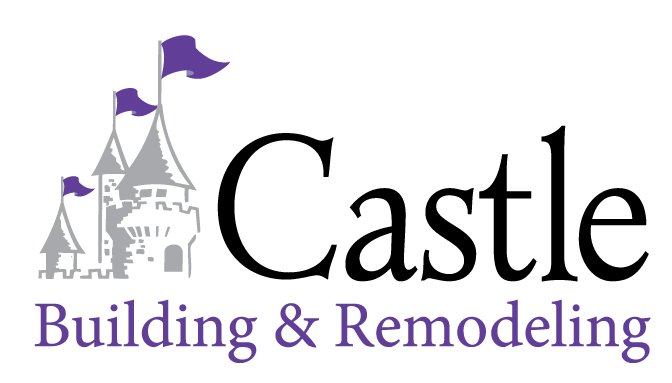-
Licensed, Bonded, and Insured
Consumers are often advised to “make sure your contractor is licensed, bonded, and insured,” but bonding or insurance requirements must be fulfilled in order to get licensed. The real question should be, “Are you a licensed contractor?”
In order to obtain a license in Minnesota, contractors must (1) Have an owner or manager pass a written exam on technical and business matters, (2) Provide proof of Liability and Property Damage Insurance as well as Workers’ Compensation and Unemployment Insurance, (3) Disclose the organizational structure of the business, (4) Pay a license fee and contribute to the Contractors’ Recovery Fund, and (5) Obtain seven hours of Continuing Education Credits each year.
How do you verify that a contractor is licensed?
Minnesota law requires residential contracting companies (not individuals) working on 1-4 unit family dwellings to be licensed and to display this license number on all advertising. Ask the contractor for his state license number. Next, call the Minnesota Department of Commerce at (651) 296-2488, extension “4.” They can tell you if the contractor is licensed, if he has been involved in any legal actions and if there have been any complaints filed against him as well as the general results of any actions. Licenses are extremely important to good contractors and they go to great lengths to keep their record clean. There is no recourse against an unlicensed contractor, but remember that a license is not a guarantee of any kind.
How do you find out if a contractor is insured?
Ask the contractor for the name of his insurance provider and the insurance agent’s name and phone number. Call the insurance provider directly and ask them to send you a current Certificate of Insurance. This will tell you what kind of insurance the contractor has, what levels of coverage exist and when the policy expires.
What is the Contractor’s Recovery Fund?
The Contractor’s Recovery Fund exists to compensate consumers for losses incurred due to a contractor’s fraudulent, deceptive or dishonest practices, conversion of funds or failure to perform. All licensed contractors pay an annual fee to the fund. Be advised that the total amount that can be paid out against any one licensed contractor is $75,000. If multiple claims are filed against the same contractor, each claim is prorated and you may not be able to recover your entire loss.
Ratings
Unacceptable: The contractor doesn’t have insurance, a current license, or the license exists in another company’s name.
Good: The contractor has all necessary insurance and a license. He shares his insurance company’s name with you so that you can follow up on proof of insurance.
Better: In addition to the above, the contractor shows you a copy of his State License and his Certificate of Insurance, taking care to provide you with a current copy.
Best: In addition to the above, the contractor will make all arrangements to have a copy of his Certificate of Insurance made out and sent to you. He helps you understand the insurance and licensure process, explains the value of the process and shows you how you can check out any contractor with the state. The contractor has a higher amount of insurance coverage, which demonstrates stability. He carries an umbrella policy and liability insurance and has a system in place to check that his trade partners are licensed and have the necessary insurance. He has a current Certificate of Insurance on file for all of the firms with which he is working.
Check out the other 24 factors that every smart house-owner use when they consider their remodeling contractor here.
